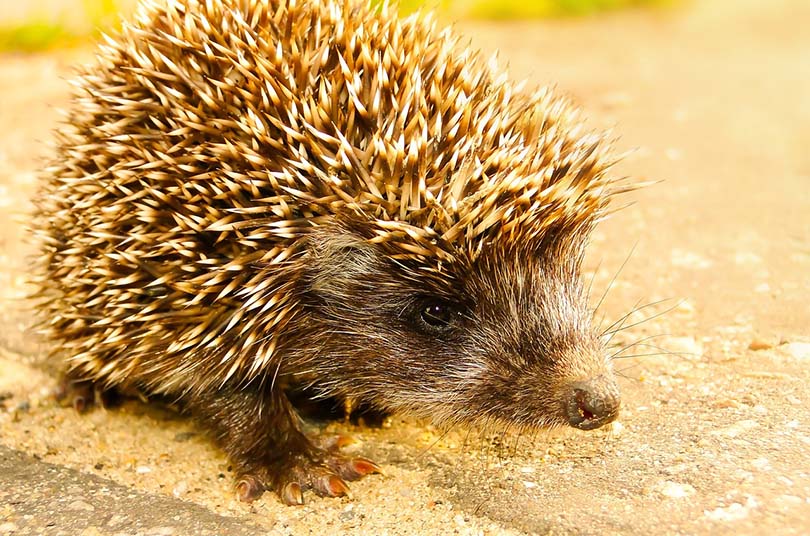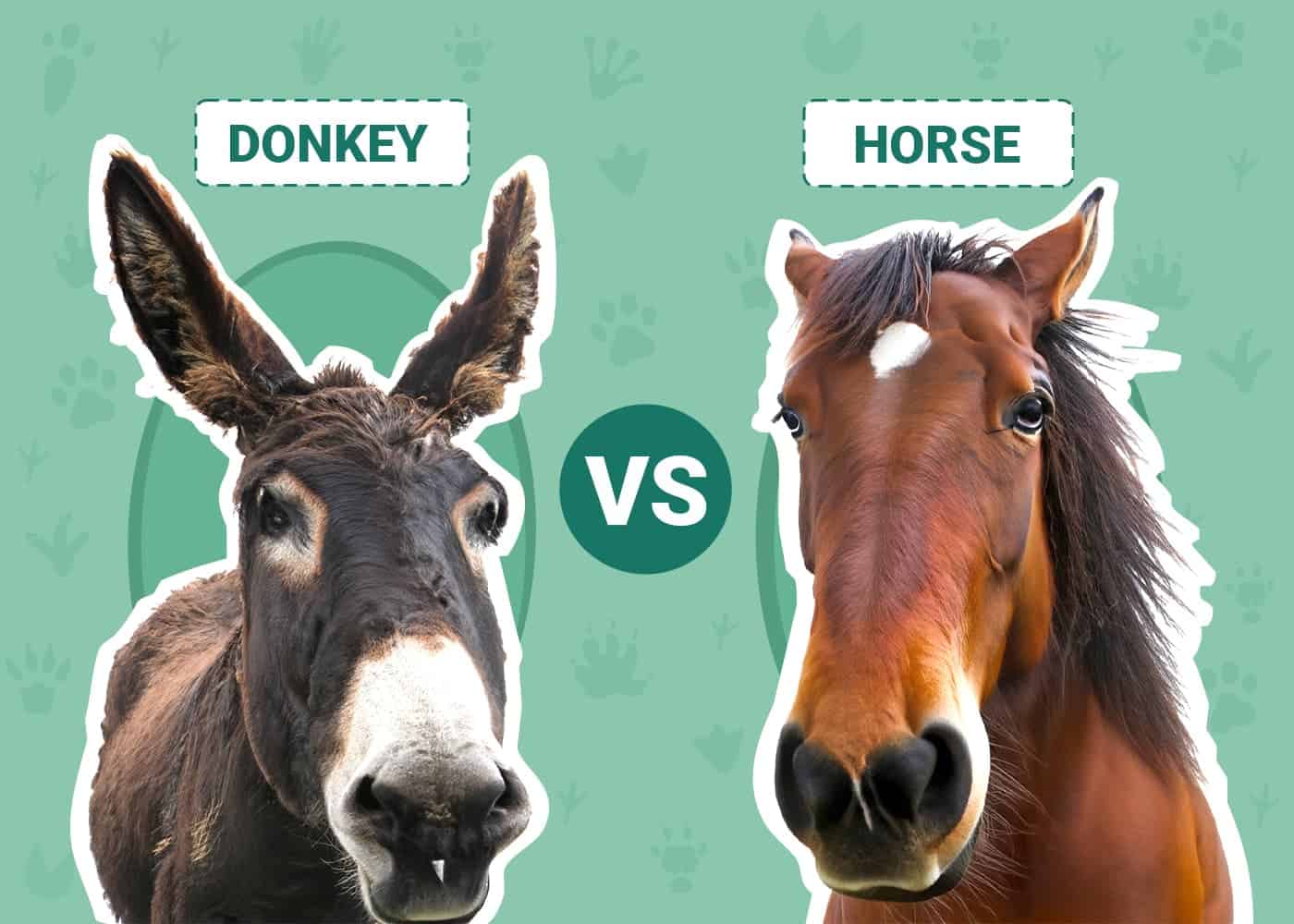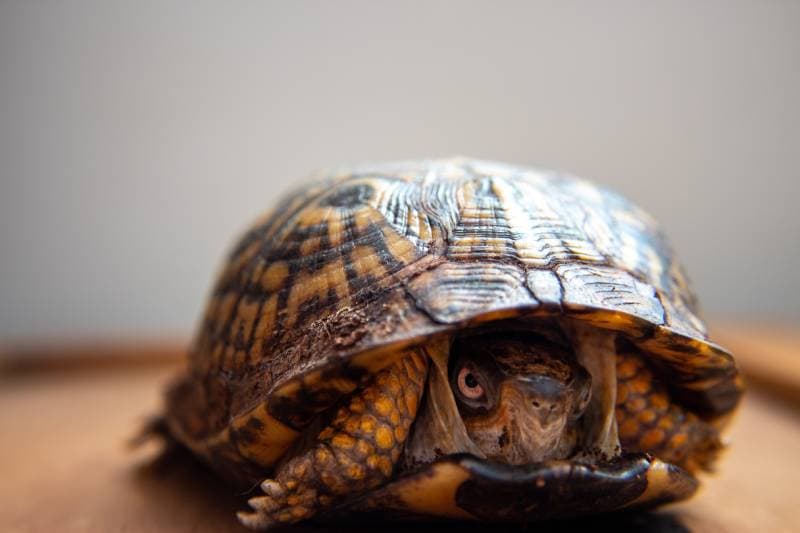Click to Skip Ahead
The Desert hedgehog is one of the smallest hedgehogs you can find, but its quills are longer and provide superior protection. If you are thinking about getting a Desert hedgehog, you may have trouble since they’re rarely sold as pets and primarily live in the wild.
Keep reading while we explain more about this unique animal, including its appearance, temperament, and living conditions.

Quick Facts About Desert Hedgehogs
| Species Name: | Paranthropus aethiopicus |
| Family: | Erinaceidae |
| Care Level: | Easy |
| Temperature: | 104°–108° Fahrenheit |
| Temperament: | Shy |
| Color Form: | Brown, black, white |
| Lifespan: | 3–10 years |
| Size: | 5–11 inches |
| Diet: | Insectivore |
| Compatibility: | Not a good pet |
Desert Hedgehog Overview
As its name implies, the Desert hedgehog lives in hot and dry regions, including Algeria, Egypt, Iran, Iraq, Jordan, Libya, Sudan, Syria, and more. It’s plentiful in these areas because it enjoys temperatures above 100° Fahrenheit and is tolerant of environmental changes.
How Much Do Desert Hedgehogs Cost?
The Desert hedgehog does not do well in captivity like other hedgehogs, so you are unlikely to find a breeder. If you find one for sale, it is most likely a wild-caught animal that can have health issues and could even be dangerous. Though Desert hedgehogs are not in danger of extinction, it’s not a good idea to take wild animals out of their natural environment.
Typical Behavior & Temperament
Desert hedgehogs are similar to cats in that they spend much of their time sleeping. In fact, it’s not unusual for a hedgehog to sleep for as long as 18 hours in a single day. When facing a predator, it tends to run first before rolling up. It’s also a natural friend to farmers and gardeners because it helps clear away the insects, reducing the need for chemicals.
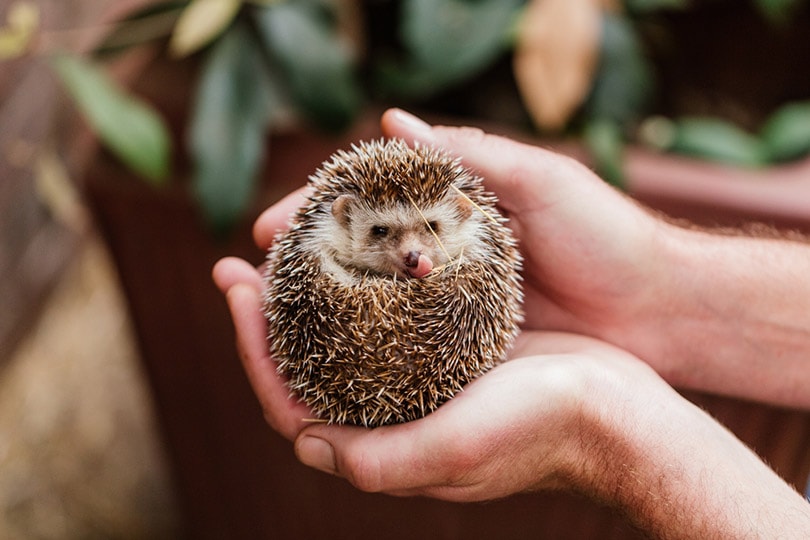
Desert Hedgehog Appearance & Varieties
The Desert hedgehog has pointy ears and a dark muzzle and is one of many species, including the European, Northern white-breasted, and African pygmy. Like other breeds, it has spikes across its back, but they are slightly longer than most. The spikes are hollow and usually brown with dark tips. It’s one of the smaller breeds, growing to between 5 and 11 inches and weighing a little under a pound on average.
Desert Hedgehog Living Conditions
Desert Hedgehogs like hot and arid environments. They often take shelter near large rocks that provide natural protection and like to look for food around vegetation at night, so your garden is likely to attract them if you live near their habitat. An ideal place to find them is near water with plenty of vegetation and insects. Unfortunately, you cannot find them in the United States even though they would probably enjoy our southwestern states.
Do Desert Hedgehogs Get Along with Other Pets?
The Desert hedgehog is not a suitable pet and doesn’t get along with other animals. This solitary creature prefers to spend most of its time alone. It’s unlikely to become aggressive and will usually try to run away before rolling into a ball to use the quills for protection. If one visits your garden, we recommend keeping your dogs and cats away from the area, especially at night when the Desert hedgehog is most active.
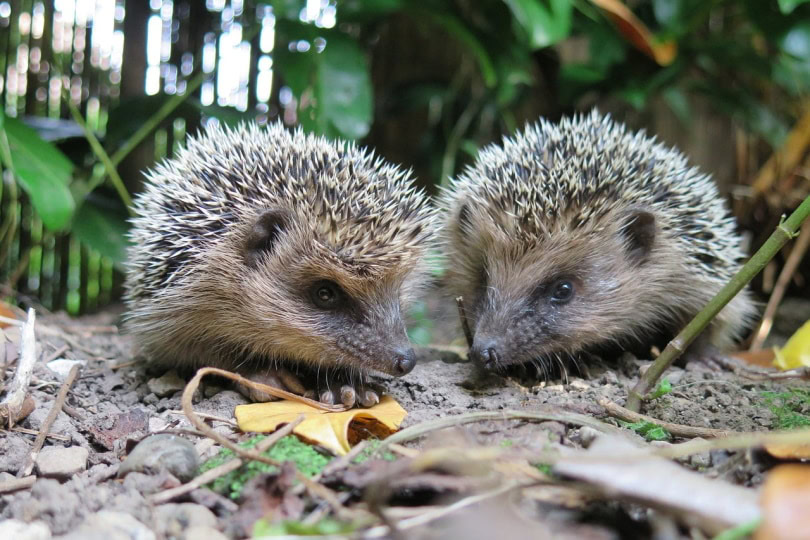
Desert Hedgehog Diet
The Desert hedgehog is an insectivore, which is helpful to farmers because it eats the bugs they would otherwise need to treat with dangerous pesticides. It will also eat frogs, snakes, scorpions, and similar small animals. It’s pretty resistant to snake venom and can withstand several times more than other rodents.
The Desert hedgehog has a special kidney design that allows it to go a long time without water, which is essential when living in a desert.
Desert Hedgehog Health
The Desert hedgehog is not in danger of extinction and is amazingly tolerant of climate change, but that’s no reason to capture them or attack them. They pose no threat to our plants and do not do well in captivity. The best way to keep the Desert hedgehog healthy is to leave it alone.
Hedgehog Predators
Unfortunately, though the Desert hedgehog has plenty of protection with its speed and spikes, it has a few predators. One of its biggest threats is birds of prey, like the hawk and owl. However, a snake, mongoose, weasel, badger, jackal, and even other hedgehogs might try to make a meal out of the Desert hedgehog.
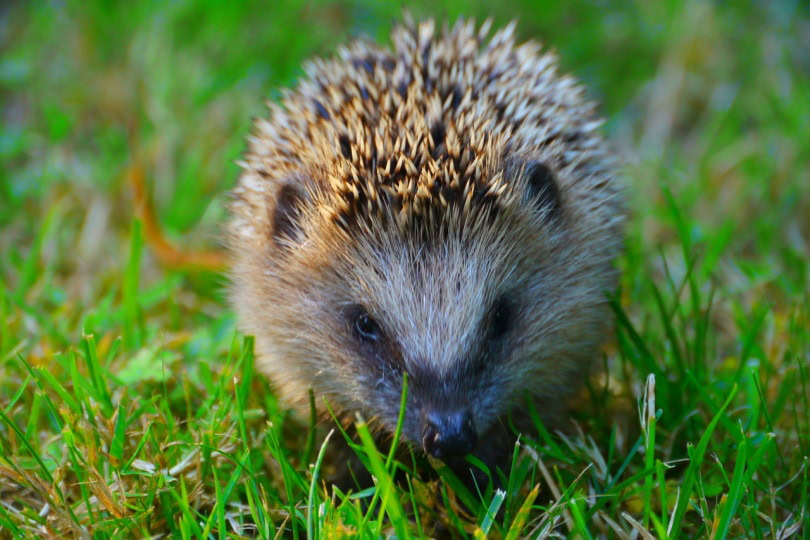
Desert Hedgehog Breeding
The Desert hedgehog will usually hibernate during the cooler winter months, and the breeding season begins once they wake up, usually in early March, as long as they are at least a year old. The male will walk in a circle around the female several times to show he is interested. After the mating ends, she will build a nest in a crook, and the gestation period lasts 30–40 days before the female gives birth to around six babies. The babies cannot see, and their spines are just below the skin, so they don’t hurt the mother. She will nurse them for another 40 days until they can care for themselves.
Other Fun Facts About the Desert Hedgehog
- The Desert hedgehog must bite the stinger of a scorpion before eating it.
- Desert hedgehogs are self-anointing; they frequently take the time to spread their saliva over the spikes on their back, though scientists are not sure why.
- One of the biggest killers of the desert hedgehog is traffic, as they often run out into the road.
- Baby Desert hedgehogs can neither see nor hear for the first several days of their lives.
- The Moonrat and Long-eared hedgehog are close relatives of the Desert hedgehog.
- Female hedgehogs sometimes eat their young, especially if food is scarce.
- Desert hedgehogs can talk to each other by whistling, popping, clicking, and grunting.
- The female Desert hedgehog is a sow, the male is a boar, and the baby is a hoglet.
- A group of Desert hedgehogs is called an array.
- Unlike the popular video game Sonic The Hedgehog, a hedgehog in a ball trying to protect itself cannot roll.
- There are 17 species of hedgehog.
- The Desert hedgehog has poor eyesight and relies on its hearing and sense of smell to stay safe and find food.
- Most of the pet hedgehogs in the United States are species from Africa.

Are Desert Hedgehogs Suitable for You?
Unfortunately, the Desert Hedgehog is not a pet, so it is unlikely that you will be able to keep one in your home. However, if you don’t live in the United States and have one in your garden, leave it alone and appreciate its excellent ability to eliminate pesky insects.
Featured Image Credit: krzysztofniewolny, Pixabay
